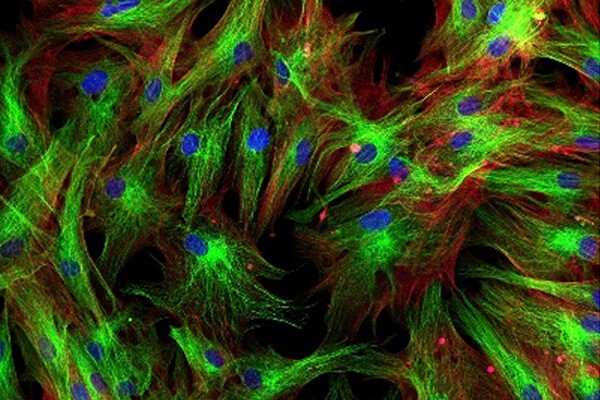Human Primary Cells — What You Should Know?
Primary cells specifically refer to cells that are isolated or harvested directly from living tissue or organs. With the exception of stem cell and progenitor populations, the majority of primary cells are terminally differentiated cells with a highly specific type and high level of function. Human primary cells are cells isolated directly from human tissues, including blood and bone marrow, using enzymatic or mechanical methods.
Types of Human Primary Cells

Common types of human primary cells are adipose, bladder, blood vessel, bone, bone marrow, brain, brachial/tracheal, cardiac, colon, dermal, epidermal, esophagus, gallbladder, gastrointestinal, hair, hepatic, lung, mammary, nervous, ocular, oral, pancreatic, placenta, prostate cells, etc.
Characteristics of Primary Cells
Advantages
- The use of primary cells avoids many of the ethical objections raised against animal experimentation. Allows experiments to be performed on human tissue that would otherwise not be possible in vivo.
- The use of primary cells provides more relevant results than cell lines.
- Primary cells are cost-effective as they help in reducing the expenditure on animal models required for in vivo studies.
Disadvantages
- Primary cells take more time to grow than other cell lines. Even under optimal growth conditions, their growth potential is limited eventually they will senesce and die.
- Cells from different donors respond differently to pro-inflammatory cytokines.
- The cost of isolation and culture is usually high.
Primary cells vs. cell lines
Continuous cell lines are typically more robust and easier to manipulate than primary cells. They have unlimited growth potential and are a quick and easy way to obtain essential information. Some of the disadvantages of using continuous cell lines are that they are genetically modified/transformed, can change physiological properties, and are not representative of the in vivo state, and this may change further with time.
Applications of Primary Cells
Primary cell culture is increasingly used as a major tool in cell and molecular biology. They provide excellent model systems for studying the normal physiology and biochemistry of cells (e.g., metabolic studies, aging, signaling studies), and the effects of drugs and toxic compounds.
| Applications | Descriptions |
|---|---|
| 3D cell culture | Since primary cells are untransformed and not immortalized, they can be used to simulate three-dimensional tissues. These cells can be used as a model system to study cell biology and biochemistry, the interactions between cells and disease-causing factors, the effects of drugs, the aging process, and cell signaling and metabolic regulation. |
| Cancer research | Primary cells may be exposed to radiation, chemicals, and viruses that can make them cancerous. Therefore, the mechanisms and causes of cancer and alterations in signaling pathways can be studied. It can also be used to identify effective drugs for cancer cells. |
| Virology | Primary cells can be used to study the detection, isolation, growth, and developmental cycles of viruses, and can also be used to study modes of infection. |
| Drug screening and toxicity testing | Primary cell culture is used to study the cytotoxicity of new drugs (to study effects and safe doses) and/or drug carriers (nanoparticles). On an industrial scale, they can be used to synthesize or produce various biomolecules. |
| Genetic engineering | Primary cell cultures can be used to produce commercially important genetically engineered proteins such as monoclonal antibodies, insulin, hormones, and more. |
Creative Bioarray Relevant Recommendations
- Creative Bioarray provides our customers with a large and unique collection of high-purity, low-passage human and animal primary cells. Our primary cells cover a wide range of cell types (epithelial cells, endothelial cells, smooth muscle cells, and many other key types) from a large variety of tissues (skin, liver, bone, brain, and more) in both cryopreserved and proliferating formats.
| Product Types | Description |
|---|---|
| Human Primary Cells | We offer more than 1000 cell types together with selective cell culture media. |
| Animal Primary Cells | Our animal primary cells are isolated from normal or diseased animal tissues. |
- We also manufacture a large selection of cell culture media. Each medium is balanced and supplemented expressly for a particular cell type to maximize the life expectancy of individual cell types.

Your email address will not be published. Required fields are marked *